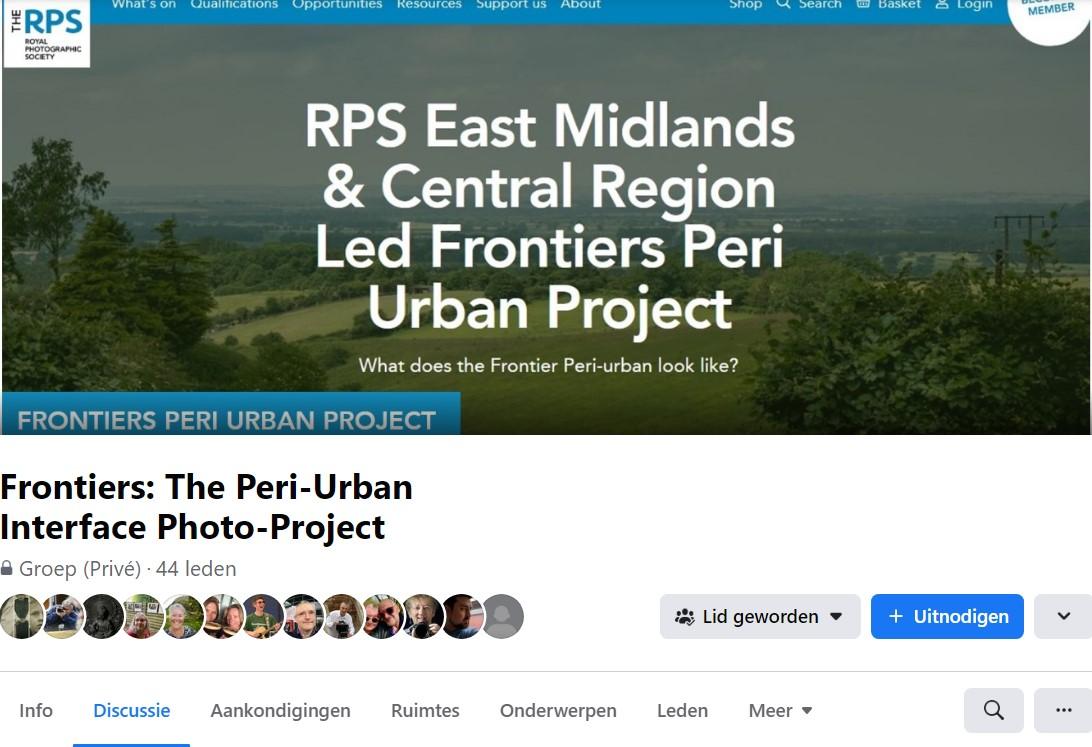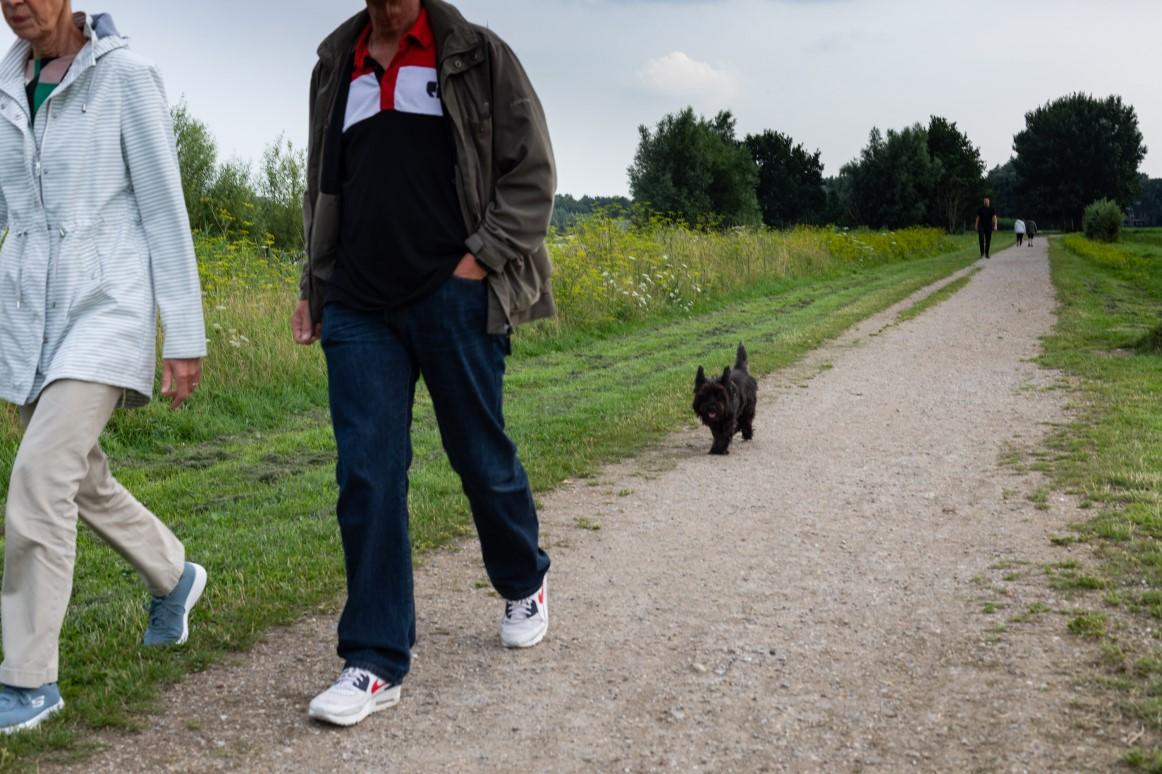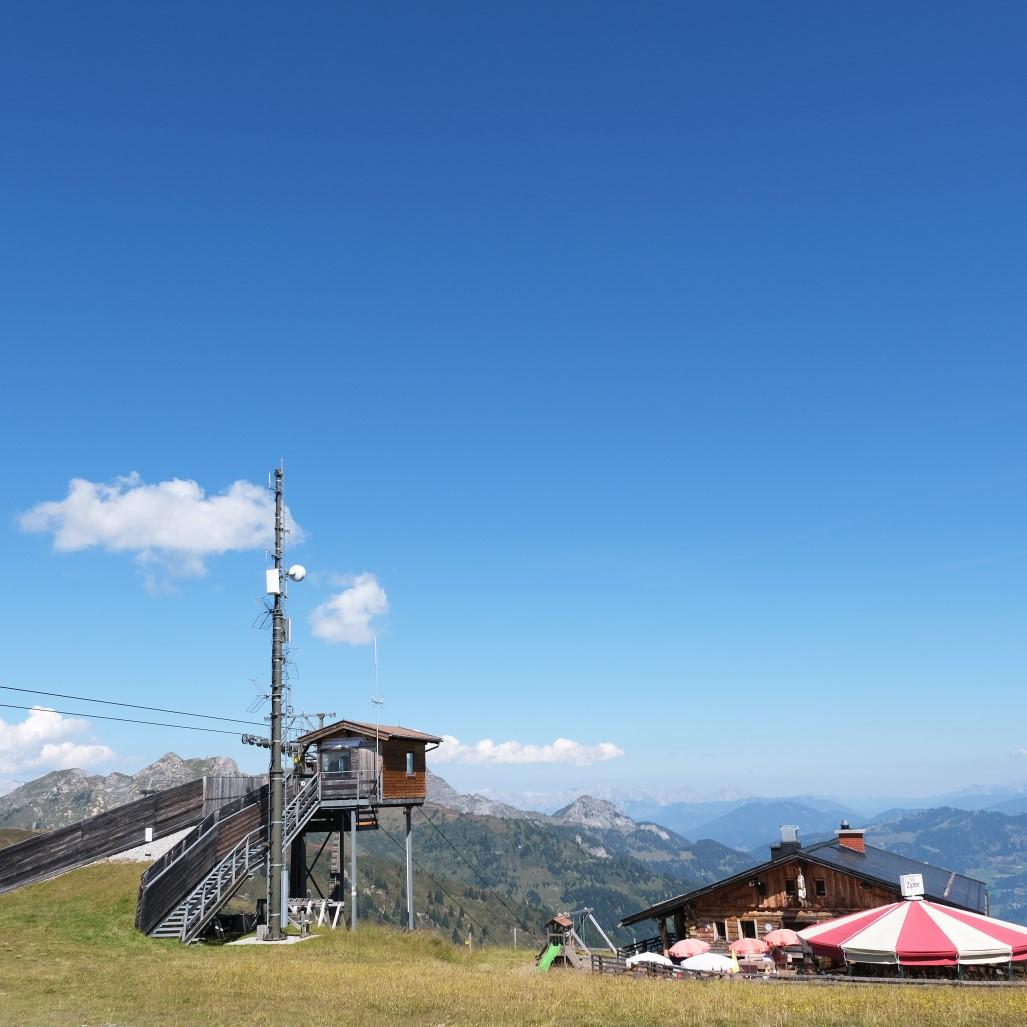
6 minute read
FRONTIERS: THE PERI-URBAN PROJECT
The RPS Benelux Chapter RPS PROJECT
Frontiers:
Peri-Urban
© Paul Schot ARPS
I was not familiar with the term 'peri-urban
interface' – are you? And yet, when I read the invitation from Stewart Wall MA ARPS, coordinating this photo project, it immediately captivated my imagination.
THE PERI-URBAN INTERFACE
Although you may not know the term, you will probably be familiar with the peri-urban interface or landscape. You may remember – as I do from my Dutch perspective – that when you were younger you took trips outside of the city or vice versa going into the city when you were living in a rural area. Remember what it looked like? You would see unbroken pastures, vistas that stretched to the horizon or across meadowed and forested hills. Those views are now harder to find. Built-up areas, such as new housing estates, offices or huge modern windmills creep into the areas surrounding the cities, gradually taking them over, sometimes purposefully leaving green oases in between buildings, sometimes isolated forerunners of more urbanisation to come in otherwise pastoral surroundings. Instead of looking out on green fields with cows and rows of water filled ditches when driving along the motorway, I can now only see rows of utilitarian buildings, small industries, car dealers and giant warehouses. The infrastructure for these areas
slices up the landscape with the required roads, bicycle paths, rail connections and asphalt parking areas. Of course the meadows are still there, but they are hidden from the eye by the urban build-up. This patchwork, this interlacing area of urban elements and the rural environment, at best just mixing but often clashing, is the peri-urban interface.
THE PROJECT
The 'RPS East Midlands & Central Region Led Frontiers Peri-Urban Interface Project' took place over the August and September 2021 summer months. Many of the RPS regions and groups are collaborating on a project that considers the peri-urban landscape. The East Midlands and Central led project was a subproject of this RPS effort. The project wanted to 'showcase the photography of members of the Royal Photographic Society'. It aimed to 'look at the concept of the Peri-Urban Interface'. The project was designed 'to give all participants freedom to create work without boundaries or direction'.
All in all three dozen photographers, all members of the Royal Photographic Society, from all over the UK and Europe, contributed their work to the project. The project was coordinated by Stewart Wall MA ARPS, who brilliantly performed his role as facilitator of the project, helping to bring all the differing ideas and contributions to fruition. His introductory online presentation and the online meetings he organised, as well as the Facebook page he created provided excellent tools to get to grips with the project and keep up the momentum.
CONTRIBUTIONS
Looking at the photographs that were shared on the Facebook page of the project I believe the goals that were set are achieved. The participants produced attractive photographs, showing many different approaches and a wide range of ideas on the essence of the peri-urban interface. Although many were critical of developments, some stressed the current positive aspects of this frontier area. Carol Olerud FRPS, the chair of the RPS Benelux Chapter, shows the use of the Nedereindseplas as a recreational area and a peaceful place to walk around. The Nedereindseplas, between the cities of IJsselstein and Nieuwegein in the Province of Utrecht, began as a sand mine in 1932 for the building of the A2 Highway and later also for the development of the City of
Nieuwegein in the 1970s. In the past it had been an illegal dumping ground for chemicals, hospital refuse, including radioactive materials, barrels and human rubbish, but today it is transformed into an area where you feel nature is close by.
Apart from Carol, three other photographers of the Benelux Chapter contributed to the project. André Bergmans made a photographic documentary showing the current threats to the traditional Dutch windmills, a treasured element of the national heritage. Although 1,000 of the 10,000 in use in 1850 are still standing, many of them cannot be used properly because they are hindered by the encroaching urbanisation. Paul Schot ARPS portrayed the Amersfoort Foodcourt. Well outside the city, separated from the suburbs by the dominant A28 motorway, it shows the advancing consumerist urbanisation in a, until recently, rural area. The photographs of Armando Jongejan FRPS, editor of this e-Journal, were taken in ski areas in Austria, where he photographed the facilities that in winter are busy with winter sports enthusiasts. But now in summer an eerie quiet has descended on the installations. I cannot help wondering what their future holds. Will they forever remain as silent signposts of better days, now that man-induced climate change may ban the snow from these mountains forever?
Stewart Wall MA ARPS, the much to be complimented coordinator of the project, is now putting together a photo book of all the contributions. I am looking forward to receiving my copy of it.





This peri-urban area was once a sand mine, then a dump and now is a recreational area centred by a large double-lake.
Swimming is forbidden as the water is toxic. A fake ski-piste and a bicycle racetrack have been built around the periphery. Today people enjoy the nature here obliviously.
© Carol Olerud FRPS

© Carol Olerud FRPS




The quality of the direct environment of a windmill (the windmill biotope) is always under threat of urbanization.
In my photo documentary I describe Dutch windmills that often used to be in the open landscape but now are in an environment affected by ongoing urbanization.
© André Bergmans

© André Bergmans




Amersfoort Foodcourt, named for the city. In fact well outside it, separated from the suburbs by the dominant motorway A28, in a till recently rural area.
The grass immediately near the buildings is manicured, with remnants of the peri-urban environment still visible. Lorries pass en route to the co-located warehouses.
© Paul Schot ARPS

© Paul Schot ARPS


The ski areas in Austria are well known by winter sports enthusiasts.
During the summer months some lifts and cable cars are open for hikers and bikers.
The unused facilities between the villages in the valley and the top lift stations makes a surreal impression.
© Armando Jongejan FRPS



© Armando Jongejan FRPS










